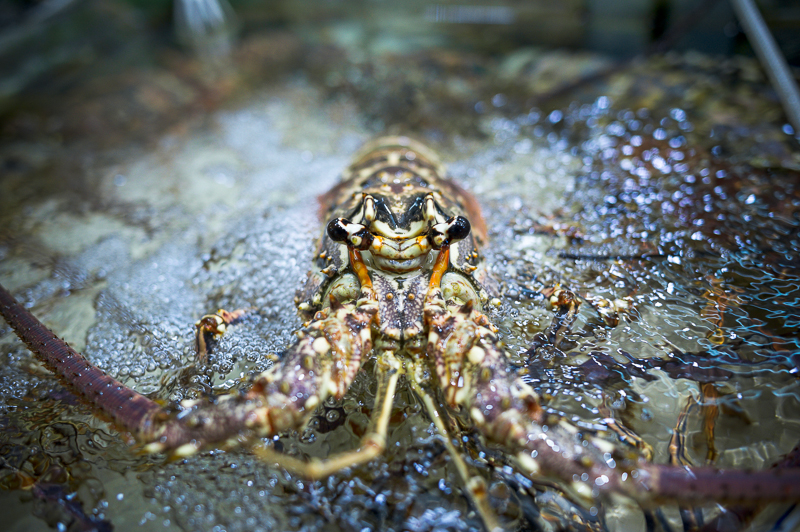The ferry ride from Soho East to the Lei Yue Mun takes no longer than 10 minutes, but in that time you’re transported from uptown modernity to a place where corrugated iron roofs still dominate and life runs a little a more slowly.
Lei Yue Mun, which translates into English as “Carp Gate”, is the eastern access point to the Victoria Harbour. Lei Yue Mun on the Hong Kong Island side was used during the colonial era as a strategic point for the British military, while on the Kowloon side it’s known mostly for its seafood market.
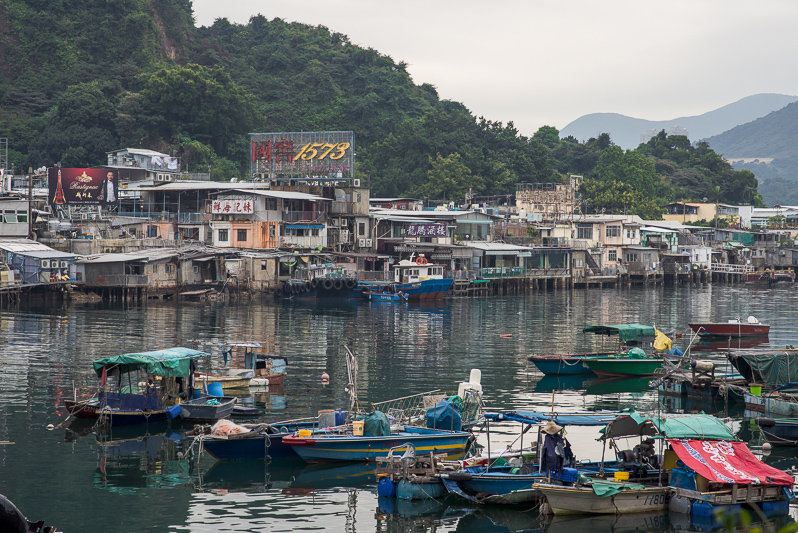
Lei Yue Mun wasn’t always a bustling fishing community, however. Its history of seafood trading has been relatively brief. Turn the clock back a century and most locals were either farmers or worked in the mines. To this day, an imposing quarry can be seen behind the village.
Seafood trading in the community owes much of its existence to the fishermen of Hong Kong Island’s Shau Kei Wan, who sold their catches along many of the nearby harbours, including Lei Yue Mun.
It then became a popular hangout for locals when the restaurants started cooking up the freshly caught seafood.
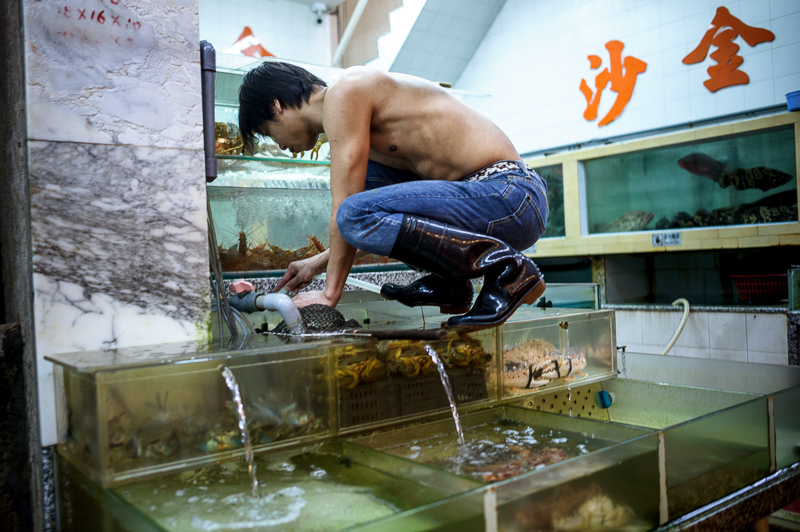
In turn, the mining industry was crippled when the government banned the use of explosives. With high unemployment, the locals turned to selling seafood and started working in the restaurants.
The growth of the Kwun Tong industrial zone in the 1970s also gave the scene an added boost. Factory owners eager to impress foreign business partners frequented the eateries, eventually turning the once-local hideaway into a bustling visitor destination.
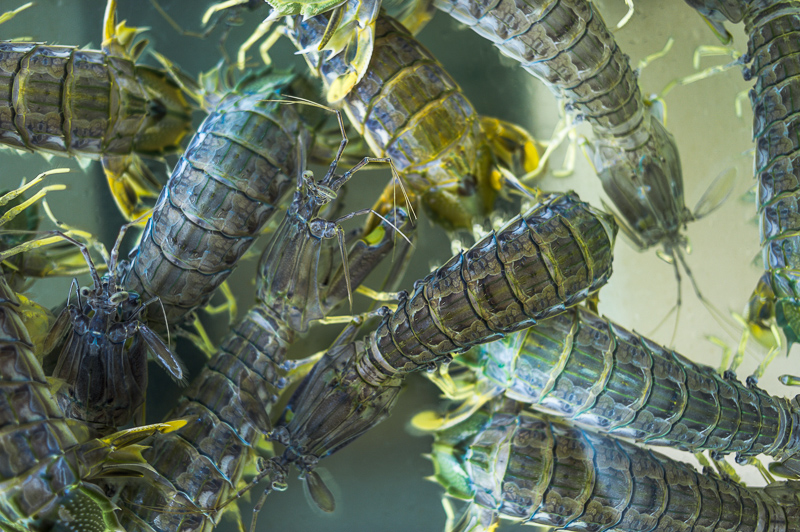
True to its reputation as a seafood haven, the market is stuffed to the brim with all kinds of marine creatures. The most common tank residents include king crabs, jumbo shrimp, grouper, Hawaiian squid, spiny lobsters and a myriad of shellfish.
However, the owners also sell exotic fish for home aquariums. One store alone has a lionfish, a puffer fish, and a small shark on display, while another specialises in uber-expensive arowanas.
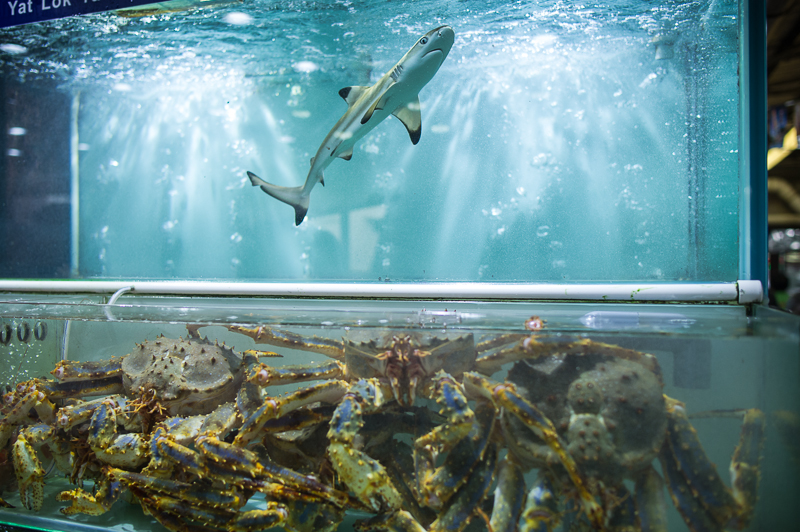
Dinner at Lei Yue Mun is an exotic culinary experience, but it does come at a price.
Food bills can balloon depending on where your appetite takes you, and some menu items, such as lobster, were not caught in nearby waters but imported from places like the Caribbean, and therefore come with a premium price tag.
Diners can choose from the set menu or the more exciting option of bargaining with shops and fishermen for seafood, which can then be brought to a nearby restaurant to be cooked.
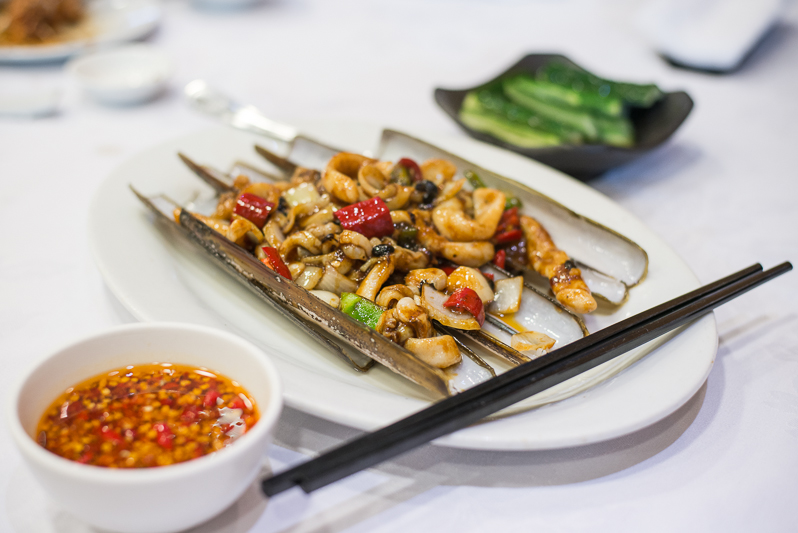
Prices for seafood vary per store and depending on season, but restaurant cooking fees per head are an unanimous HKD100. However, tea and condiments cost extra.
Walk deeper into Lei Yue Mun and you’ll find a village mostly populated by the elderly. The silence here is only occasionally broken by the bell of a passing cyclist or commotion from inside a mahjong den.
There is, however, an unsettling number of feral dogs that can be quite territorial. Proceed with caution.
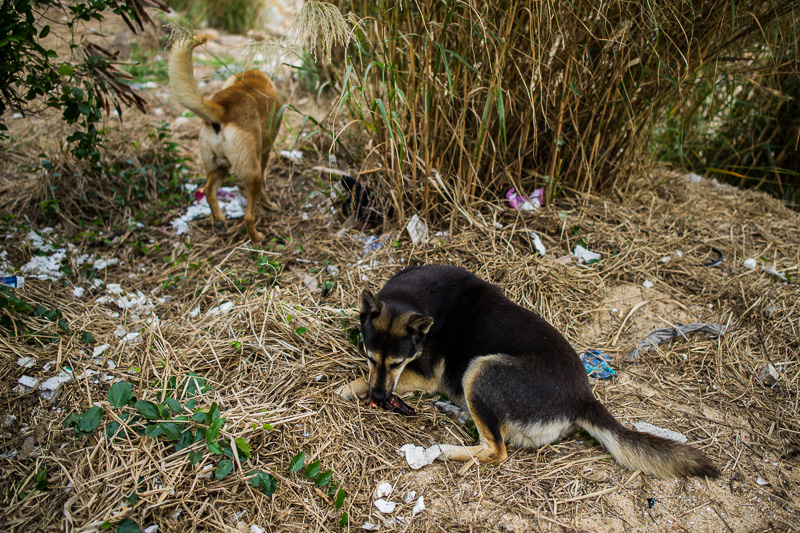
Lei Yue Mun’s beaches are also not recommended for sunbathers or those with children. Unlike the scenic Tai Long Wan or Repulse Bay, the white sand has been replaced by less inviting gravel and broken ceramics.
Other refuse, such as plastic bottles, slippers and even an armchair or two, make the beaches more suited to garbage collectors. Proper footwear is a must.
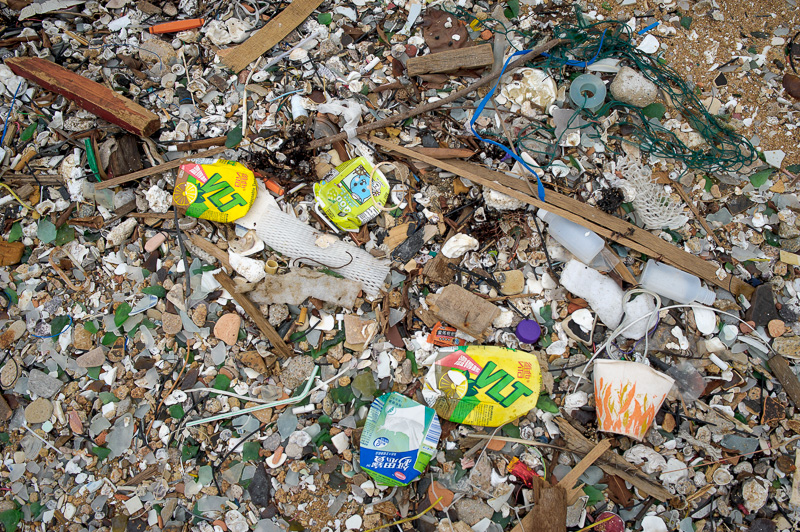
At the very end of the village is a viewing point where you can see ships of different sizes navigate the busy waterway. Across the strait, the Hong Kong Museum of Coastal Defense is proudly perched overlooking the village.
With old dilapidated homes in the foreground and the tall buildings of Taikoo off in the distance, the vistas here mash old and new Hong Kong together.
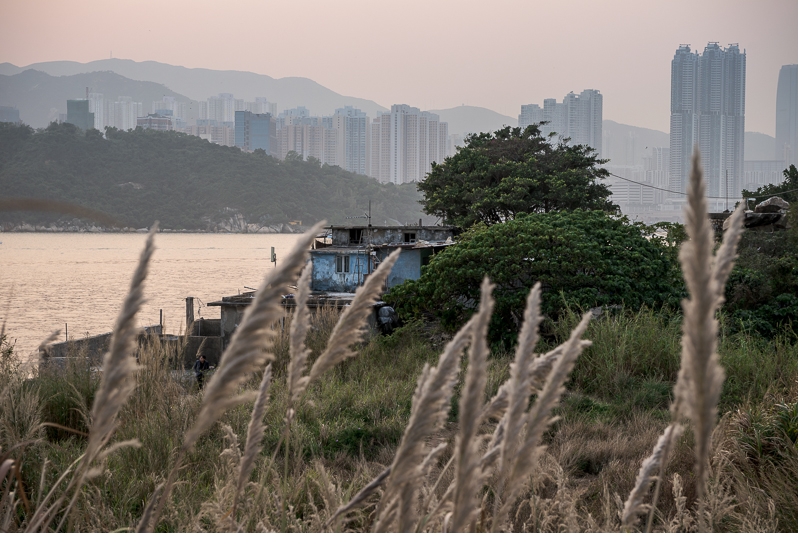
Getting to Lei Yue Mun is not a chore. The village is short walk from Yau Tong MTR on the Kowloon side, and is serviced by the Sai Wan Ho ferry for those travelling from the Island side.
Photographs by Kevin Dharmawan for Coconuts Hong Kong.
